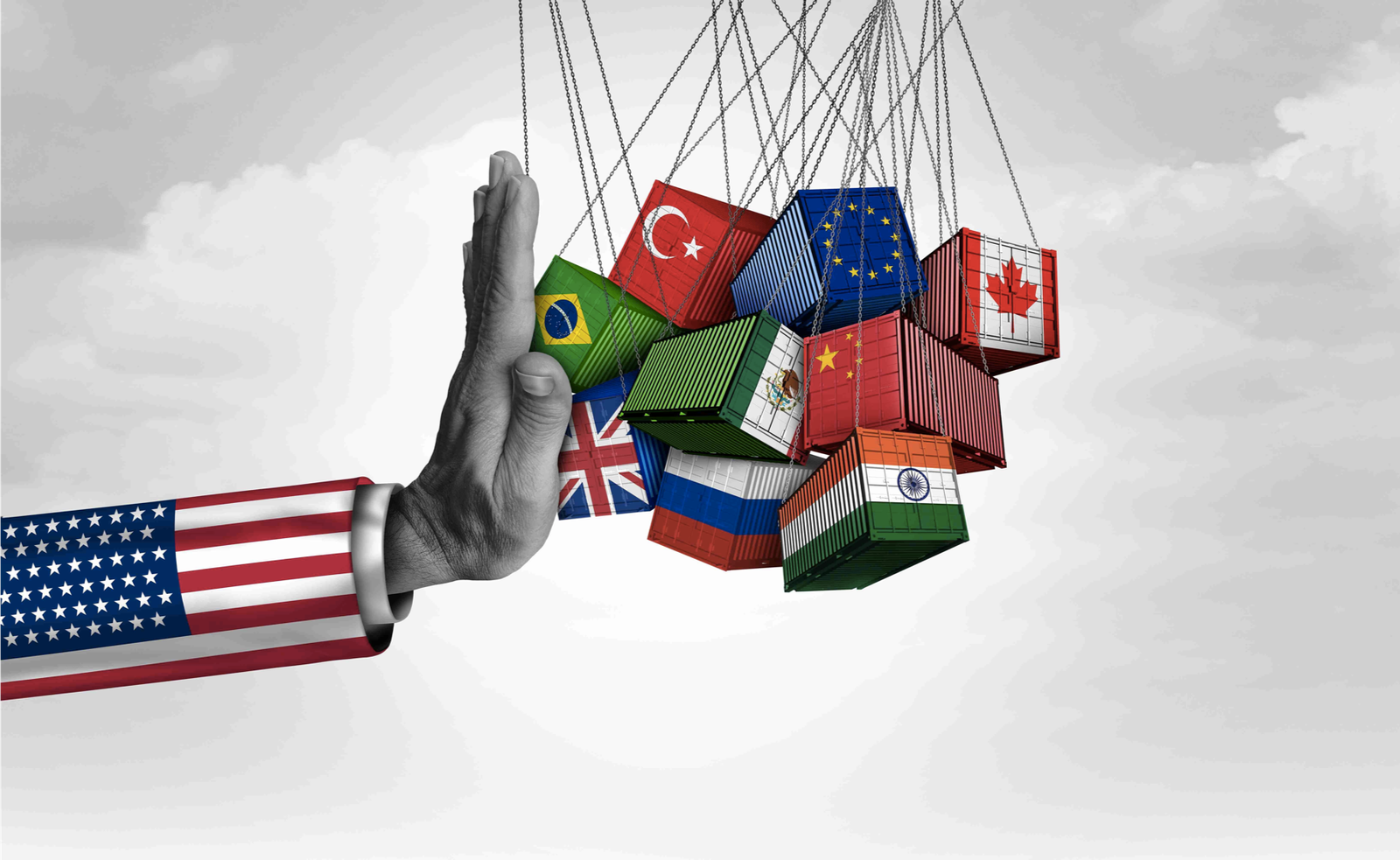The global war of words has started and is threatening to turn into an all-out tariff war. So now we have 145 percent tariffs on Chinese imports into USA and 125 percent on US exports. In trade we call these "prohibitive" tariffs: all commodity trade between USA and China will now cease if these barriers continue. At the same time, the EU is also proposing retaliation if Trump does not withdraw tariffs (steel and auto) while Canada has already imposed retaliatory tariffs on some US exports. A global tariff war seems imminent. Markets are also spooked and are crashing globally. As the ultimate test of global turmoil, the prices of US treasury bills also collapsed. Finally, Mr. Trump suspended all tariffs (except the base 10 percent) for 90 days. More recently, computers, chip making equipment etc. were also exempted from the new tariffs.
But what is driving Trump? This is an issue that has not been considered with any historical reference. So, while the world is rightly shocked at the unilateral tariff announcements by the US President, this is not entirely unexpected and is a repeat of US actions in the 1950s. At that time most world economies (barring the US economy) had been physically devastated by the world war. Hence, with peace the reconstruction of the non-communist world largely depended on US industry. The tariff wars of the 1930s had also made it clear that unilateral tariff wars were bad for everyone.
This led to the General Agreement on Trade and Tariffs (GATT) which was a voluntary, cooperative world agreement to cut tariffs. It was at that point that the idea of an International Trade Organisation (ITO) was mooted but was shot down by the US which quickly assumed control by directing the tariff negotiations. But at that time this unilateralism worked as most countries had to gain from access to the US market: the US literally bribed other countries into signing agreements by offering large tariff concessions. It may also be noted that in the 1960s the US accounted for about 60 percent of world import demand.
As I pointed out in an earlier article (see Mint, April 18), this is no longer true: the US today accounts for only about 13 percent of world merchandise imports. The only large countries for whom the US market matters, in terms of impact of trade with the US on their GDP, are Canada and Mexico, and here too high US tariffs would only shoot up prices for US consumers on items like eggs, avocados, automobiles (Mexico), steel, and petroleum products (Canada). Yet, despite the high dependence of these countries on the US, Trump’s tariff threats (for the moment deferred) are likely to be countered like last time with agreements to cut illegal immigration and drug trade.
As Trump now indicates that he wants to go ahead with the 10 percent basic and some 25 percent tariffs there is no doubt that these countries would (and should) reciprocate.
What about India? It is known that India has low tariffs on most US exports and can easily reduce duties on some agri items like almonds as was done in 2023. The speculated drop in duties in items like bourbon whisky, some wines, and automobiles is probably a good idea as India will face this in FTA negotiations with both the EU and UK. Given India’s commodity trade profile, these FTAs are more important than US trade.
In any case, India has already made cosmetic unilateral tariff reductions which will probably work in the forthcoming US-India trade deal. The Budget announcements of reduction in basic duties on high-end vehicles from 125 percent to 40 percent is hardly earth-shaking from India’s point of view but would make Trump happy. These can also be the basis of India’s FTAs with the UK and the EU.
I have suggested elsewhere that in the short run, if Trump’s tariff threats are actually carried out India stands to gain in trade in services (see Mint Jan 20). It is critical for the Indian government to focus more efforts in this area. This implies working out precisely the definitions of services (as in OECD and WTO documents), developing a database on this trade (sorely lacking), and working out India’s gain-loss calculus which can be the basis of future FTA negotiations.
Note that this is a much more difficult task as services are restricted not by tariffs but by regulatory measures which fall, in many cases, in the domain of state governments. Contrast this with commodity trade tariffs (dominant in today’s negotiations), which are entirely under central government control.
Maybe Trump’s actions could be a wake-up call for our negotiators who have so far concentrated on a safe, defensive strategy in commodity trade negotiations while trotting out the tired "let’s push Mode 4 (movement of natural persons)" response in trade in services! It is necessary to bring the states on board. A "whole of the country" political response may be necessary. Also, the three-year-old strategy of import substitution to make India great again might need some tweaking.


💬 Comments
Share your thoughts on this policy
No comments yet. Be the first to comment!